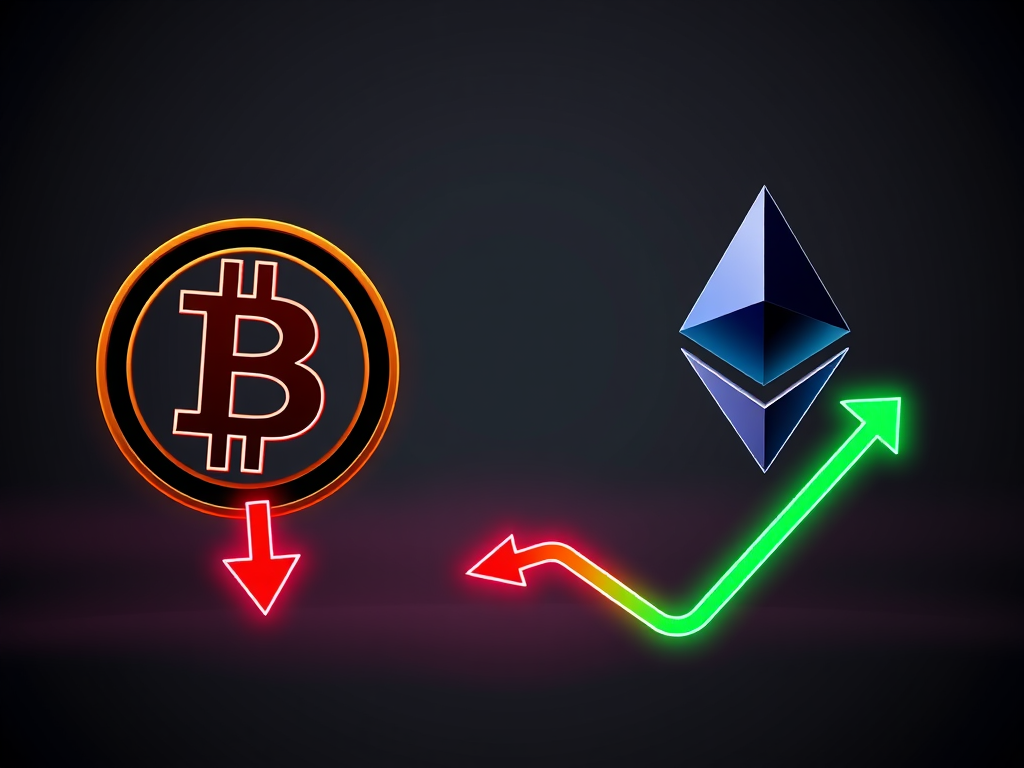In the heart of Brooklyn, a quiet revolution is taking shape. Residents are participating in a simulated marketplace, learning to trade energy with their neighbors and reimagining the future of power distribution. This isn’t a scene from a futuristic novel—it’s the Brooklyn Microgrid project, a pioneering initiative demonstrating blockchain technology’s potential in the energy sector.
The energy industry, long dominated by centralized utilities and grid operators, is on the cusp of a profound transformation. At the forefront of this change is blockchain, the technology known for underpinning cryptocurrencies like Bitcoin. But its potential reaches far beyond digital currencies, with the power to reshape how we produce, consume, and trade energy.
The Dawn of Peer-to-Peer Energy Trading
Imagine a world where you can sell the excess solar energy from your rooftop panels directly to your neighbor or buy locally produced wind energy with the tap of a smartphone. This is the promise of peer-to-peer (P2P) energy trading, a concept rapidly moving from theory to reality.
Blockchain serves as the backbone of this new trading paradigm. It’s a decentralized ledger that records all transactions securely and transparently, making altering or tampering with the information nearly impossible. Smart contracts—self-executing agreements with predefined conditions—automate the trading process, potentially reducing costs and increasing efficiency.
This approach isn’t just about convenience or cost savings. It’s about empowerment. By enabling consumers to become ‘prosumers’—energy producers and consumers—blockchain democratizes the energy market. Small-scale renewable energy producers can now participate in energy trading, optimizing their usage and feeding excess energy back into the grid.
Real-World Applications: From Brooklyn to Australia
The Brooklyn Microgrid project, initiated by LO3 Energy, is a prime example of blockchain’s potential in energy trading. While still in its pilot phase, it operates a simulated energy marketplace where participants engage with a digital platform to understand and test local energy trading. The project aims to demonstrate the feasibility of regional energy markets to regulators and stakeholders, potentially paving the way for future, more autonomous microgrid systems.
Across the globe, innovative companies are leveraging blockchain technology to create more efficient and sustainable energy systems. Power Ledger has developed a platform in Australia that facilitates peer-to-peer energy trading. However, it’s important to note that Power Ledger’s approach is about more than bypassing traditional utilities entirely. Instead, their platform integrates with existing utilities and regulatory frameworks to ensure compliance and scalability. This collaboration has led to partnerships with utilities in India and Australia, demonstrating how blockchain can enhance existing energy systems rather than completely replace them.
Meanwhile, WePower is taking a different approach. This platform connects energy producers with consumers through tokenized energy contracts. Using blockchain, WePower enables energy producers to tokenize and sell their future energy production, providing a novel way to raise capital for renewable energy projects. Consumers and investors can purchase these energy tokens, potentially accessing future energy at lower prices while supporting the development of renewable energy infrastructure.
These projects are more than proofs of concept. They’re functioning systems changing how people think about and interact with energy while working within existing regulatory frameworks to ensure reliable service delivery.
The Green Revolution: Blockchain’s Environmental Impact
The environmental implications of blockchain-based energy trading are complex. On the one hand, by promoting renewable energy sources and enabling consumers to trade excess solar or wind energy, this technology incentivizes the adoption of clean energy technologies. It can also optimize energy distribution and consumption, potentially reducing waste.
However, it’s crucial to acknowledge that blockchain technology can be energy-intensive, particularly in its early forms like Bitcoin’s proof-of-work (PoW) consensus mechanism. This has raised environmental concerns, as PoW-based blockchains require substantial computational power and energy, often sourced from fossil fuels.
The good news is that the industry is actively addressing these concerns. Newer blockchain technologies, such as proof-of-stake (PoS) and proof-of-history (PoH), are being developed to reduce energy consumption significantly. For example, Ethereum’s transition to PoS is expected to cut its energy use by over 99%. Platforms like Power Ledger already use more energy-efficient blockchain solutions to minimize their environmental footprint while providing transparent and secure energy trading.
Challenges on the Horizon
Despite its potential, the road to widespread adoption of blockchain in energy trading has challenges. Regulatory challenges remain significant, although progress is being made. Several jurisdictions, including Germany and Australia, are updating regulations to support decentralized energy trading. These regulatory updates aim to balance innovation with consumer protection and market stability.
However, challenges remain, including international harmonization of regulations and the development of standards that ensure interoperability and security across different blockchain platforms. Collaboration between regulators, policymakers, and industry stakeholders is crucial to developing clear regulatory frameworks that support innovation while protecting consumer interests.
Technological barriers also exist, particularly in integrating blockchain with existing energy infrastructure. Ensuring interoperability between blockchain platforms and traditional energy systems requires significant investment and technical expertise.
Consumer adoption presents another challenge. Widespread participation is essential for P2P energy trading to succeed. This requires raising awareness about the benefits of blockchain-based energy trading and providing user-friendly platforms that simplify the trading process.
The Future of Energy: Decentralized, Transparent, and Efficient
As we look to the future, the potential applications of blockchain in the energy sector continue to expand. Integrating blockchain with smart grids could create a more intelligent and responsive energy network. Decentralized Autonomous Organizations (DAOs) could manage and regulate the energy market, ensuring fair and transparent transactions without centralized control.
Another exciting frontier is the tokenization of energy assets. By converting energy assets into digital tokens that can be traded on a blockchain, we could see greater liquidity and flexibility in the energy market, potentially facilitating cross-border energy trading and creating a truly global energy marketplace.
As technology advances and regulatory frameworks evolve, we can anticipate the emergence of more innovative and sustainable energy solutions. The future of energy trading lies in more decentralized, transparent, and efficient systems, empowering consumers and contributing to a cleaner, more resilient energy landscape.
Blockchain technology is poised to play a crucial role in this transformation, paving the way for a more sustainable and equitable energy future. As we stand on the brink of this energy revolution, one thing is clear: the power is shifting—quite literally—into the hands of the people, but in collaboration with, rather than in opposition to, existing energy systems and regulations.


















